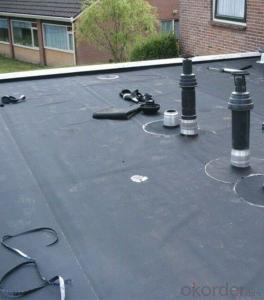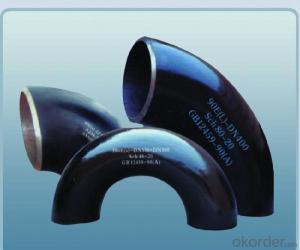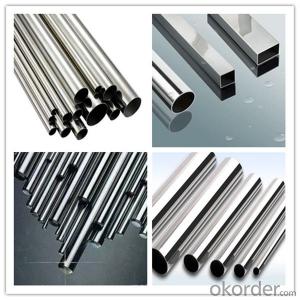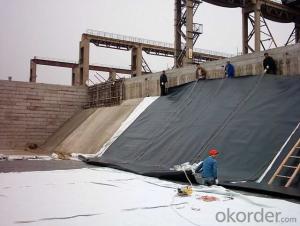6 Stainless Steel Chimney Liner
6 Stainless Steel Chimney Liner Related Searches
Best Paint For Stainless Steel Blanket Insulation For Steel Buildings Primer For Galvanized Steel Foam Filter For Stainless Steel H S Code For Stainless Steel Surface Grinding Wheels For Stainless Steel Surface Grinding Wheels For Hardened Steel Hole Saw For Stainless Steel Paint For Stainless Steel Stainless Steel For BbqHot Searches
Steel Mesh Panels For Sale Price For Stainless Steel Scrap Scrap Price For Stainless Steel Price For Stainless Steel Stainless Steel Tank For Sale Stainless Steel Sheets For Sale Cheap High Tea Sets For Sale Stainless Steel Tanks For Sale Stainless Steel For Sale High Density Fiberboard For Sale Solar Hot Water Collectors For Sale Scaffolding For Sale In Uae Scaffolding For Sale In Ireland Scaffolding For Sale In Houston Type Of Inverter For Solar Price Of Shipping Containers For Sale Types Of Inverter For Solar Stock Price For Aluminum Used Solar Inverter For Sale Steel Mesh Panels For Sale6 Stainless Steel Chimney Liner Supplier & Manufacturer from China
Okorder.com is a professional 6 Stainless Steel Chimney Liner supplier & manufacturer, offers integrated one-stop services including real-time quoting and online cargo tracking. We are funded by CNBM Group, a Fortune 500 enterprise and the largest 6 Stainless Steel Chimney Liner firm in China.Hot Products
FAQ
- Stainless steel pipes are indeed suitable for rainwater harvesting systems. This material possesses durability and resistance to corrosion, making it an ideal selection for the collection and storage of rainwater. Moreover, stainless steel pipes are effortless to maintain and boast a prolonged lifespan, guaranteeing the system's effectiveness and longevity. Furthermore, due to their hygienic nature, stainless steel pipes do not taint the collected rainwater, ensuring its safety for multiple applications, including irrigation, cleaning, and even drinking in certain instances.
- Indeed, fire resistance is a characteristic possessed by stainless steel pipes. Renowned for its elevated melting point and exceptional fire resistance, stainless steel is a secure material choice for numerous purposes, including the construction of pipes. With its incapability to readily ignite or facilitate the expansion of flames, stainless steel ensures safety in various applications. Moreover, stainless steel pipes exhibit remarkable durability and strength even when exposed to high temperatures, assuring an additional layer of safety in environments susceptible to fires.
- There are several types of stainless steel pipe insulation available, including fiberglass, mineral wool, foam, and elastomeric foam. These materials provide different levels of thermal performance, durability, and resistance to moisture and chemicals, allowing users to choose the most suitable option for their specific needs.
- Yes, stainless steel pipes can be used for air conditioning systems. Stainless steel is a durable and corrosion-resistant material, making it suitable for various applications, including air conditioning systems. Stainless steel pipes offer excellent resistance to oxidation and rust, ensuring longevity and preventing leaks. Additionally, stainless steel pipes can withstand high temperatures and pressure, making them ideal for use in air conditioning systems.
- How can galvanized steel pipe be connected with stainless steel pipe?
- Welding methods are used to connect. Because galvanized pipe is in fact carbon steel pipe, so galvanized pipe and stainless steel pipe welding, in fact, carbon steel and stainless steel welding, welding of dissimilar materials. Attention should be paid to the zinc coating at the side of the groove before welding. It is OK to brush silver powder after welding.
- Yes, stainless steel pipes can be engraved. Engraving can be done on the surface of stainless steel pipes to create intricate designs, logos, or text. Laser engraving is commonly used for this purpose as it provides precise and permanent markings on stainless steel surfaces.
- To effectively clean stainless steel pipes, various methods can be employed depending on the extent of dirt or grime present. To begin with, warm water and a mild detergent can be utilized. The detergent should be mixed with water and a soft cloth or sponge can be used to gently wipe the surface of the pipes. It is important to ensure that the wiping motion follows the direction of the grain in order to prevent any scratching of the steel. Following this, the pipes should be thoroughly rinsed with clean water and dried with a clean, lint-free cloth. In cases where the pipes exhibit tougher stains or buildup, a vinegar solution can be employed. Equal parts of vinegar and water should be mixed and the resultant solution can be applied to the pipes. Allowing it to sit for a few minutes will enable the solution to dissolve the stains, after which a soft brush or cloth can be used to gently scrub the pipes. Subsequently, the pipes should be well-rinsed with clean water and thoroughly dried. For more stubborn stains or discoloration, the utilization of a specialized stainless steel cleaner or polish is recommended. The product's instructions should be followed, typically involving its application to the pipes and subsequent rubbing with a soft cloth, once again following the direction of the grain. The pipes must then be rinsed extensively with clean water and completely dried. It should be noted that abrasive cleaners or scrubbing pads must be avoided as they possess the potential to scratch the stainless steel surface. Furthermore, it is advisable to always test any cleaning solution or product on a small, inconspicuous area of the pipes before applying it to the entire surface. This ensures that no damage or discoloration occurs.
- In stainless steel applications, the main difference between a pipe and a tube lies in their structural composition and intended use. A pipe is typically designated by its inner diameter (ID) and wall thickness, and is primarily designed to transport fluids or gases. It is usually round in shape and is often used in industries such as oil and gas, chemical processing, and plumbing. Pipes are manufactured using a variety of methods, including seamless or welded processes. On the other hand, a tube is characterized by its outer diameter (OD) and wall thickness, and is commonly used for structural or mechanical purposes. Tubes can have various shapes, such as round, rectangular, or square, and are often utilized in industries such as construction, automotive, and aerospace. Tubes can also be produced through seamless or welded methods. In terms of manufacturing, pipes generally undergo stricter tolerances and quality control measures due to their transportation function, while tubes may have less stringent requirements as they are primarily used for structural applications. Additionally, pipes are commonly measured and sold by their nominal sizes, while tubes are typically specified by their actual dimensions. Both pipes and tubes can be made from stainless steel, which offers excellent corrosion resistance and durability. Stainless steel is a versatile material that is suitable for a wide range of applications, including those requiring high temperatures or exposure to harsh environments. Overall, the key distinction between a pipe and a tube in stainless steel applications is their intended purpose and structural characteristics. While pipes are designed for fluid or gas transportation, tubes are utilized for structural or mechanical applications.















































